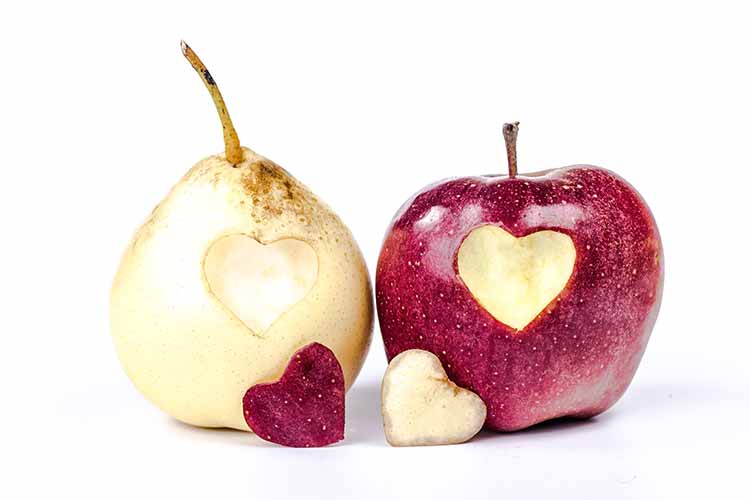Ladies – Your Body Shape Could Indicate Risk of Heart Disease
For many a century, women have been concerned about their shape (figure). In the last few centuries, the desired shape of women has changed from thin to thick to thin again.
In the late 1500s to early 1600s, the desired shape of women was well-rounded, as portrayed by the famous Flemish painter Peter Paul Rubens, who is known for painting rounded voluptuous women, such as Venus and Adonis, Jupiter and Callisto, The Birth of the Milky Way, Venus at the Mirror and The Rape of the Daughters of Leucippus.
In the 1700s, the desired shape of women went from the voluptuous Rubens women to ladies with slender waists. This gave rise to one of the most dreaded pieces of ladies’ wear ever invented, the corset. In some European cultures of the time, females were forced to wear corsets from childhood until their wedding night.
Corsets were made with wood, ivory, metal, whalebone and horn, which were laced together around the female body from just below the breasts to the top of the hips by as many as 50 laces. A groom displayed his composure and self-control by slowly and carefully unlacing each lace from the corset before taking his new bride to the wedding bed.
In March 1959, Mattel released their famous Barbie Doll, which created a trend among young girls to have the Barbie hourglass figure. Corsets and girdles became popular again, along with health conditions like anorexia and bulimia.
In the 1960s and 70s, a social trend spread where women were burning their bras and paying less attention to their figures or body shape. With the prevalence of fast and processed foods along with all of the labor saving devices of today’s technological world, it has taken its toll on the body shape of many of America’s women. Not to sound crass, just visit your local Walmart to see how true this is.
With the increase in women carrying extra body weight, most are concerned with that weight more than they are concerned with their shape or figure, but that shape may be a more important health indicator than most women realize, as per this report:
By studying a large cohort of women who had already been through menopause, researchers have found that cardiovascular risk is associated with body shape, which results from how fat is distributed in the body.
Existing studies have suggested that a person’s body mass index (BMI), calculated in reference to their total weight and height, is associated with the risk of experiencing cardiovascular events.
Thus, the higher a person’s BMI, the greater their risk of experiencing stroke, heart disease, and similar events and conditions.
However, new research, from the Albert Einstein College of Medicine, in New York, NY, and other institutions, points to another potential factor, namely, where fat is stored in the body — for women over the age of 50, at least…
In the study, the investigators measured body fat mass through dual-energy X-ray absorptiometry, a type of scan that assesses a person’s fat, muscle, and bone density.
The team found a pattern. Women with the highest percentage of fat stored around their middles and trunks and the lowest percentage of fat around their legs, giving them an “apple” body shape, also had the highest risk of cardiovascular disease.
These women had more than thrice the risk of cardiovascular disease of peers with a low percentage of fat around their middles and a higher percentage of fat around the legs: the “pear” shape.
Moreover, women in the top 25th percentile with the most body fat around their middles had almost double the risk of experiencing heart problems or a stroke, compared with the top 25% of women with the least body fat around their middles.
At the same time, women with the most fat around their legs had a lower risk of cardiovascular disease — 40% lower than those who had the least amount of fat around their legs.
In simple terms, overweight women with a pear-shaped figure tends to be healthier than those with an apple-shaped figure. Don’t get me wrong, being overweight, regardless of a woman’s shape, is unhealthy, but what seems to matter is where a woman is carrying that extra weight.









Recent Comments